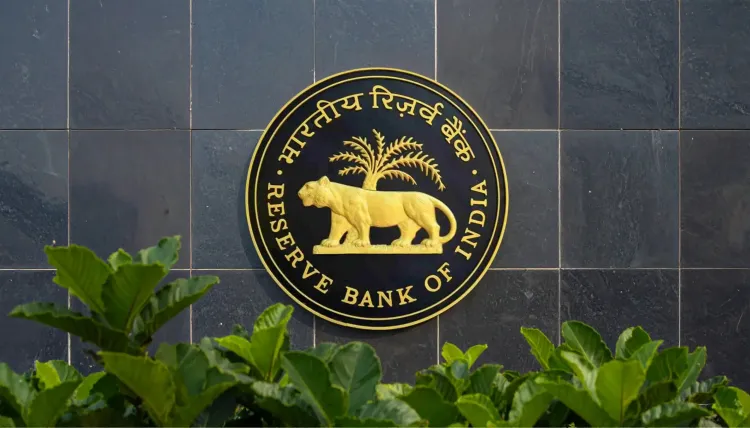Is the Indian Economy Thriving Despite Global Uncertainties?

Synopsis
Key Takeaways
- Indian economy shows resilience despite global uncertainties.
- Indicators of capacity utilization and domestic demand are improving.
- Inflation remains low, providing room for growth.
- IMF and OECD both revised GDP growth projections upward for India.
- Coordinated policies are essential for achieving Viksit Bharat.
New Delhi, Oct 20 (NationPress) The Indian economy continues to demonstrate remarkable resilience in the face of a volatile external environment, remaining on track to achieve significant growth, according to the RBI’s October Bulletin released on Monday.
Indicators reflecting capacity utilization and domestic demand have shown notable improvement. Lead indicators for both manufacturing and services sectors are indicating a strong expansion. Inflation rates have remained low, staying well below the target, the Bulletin reported.
Global uncertainties have increased. In the United States, both trade and economic policy uncertainties rose in September. However, global growth has largely remained stable. Investor sentiment declined in October due to renewed tensions in US-China trade relations and an ongoing US government shutdown, following a period of optimism.
“The Indian economy has showcased resilience amid widespread global uncertainty and weak external demand. High-frequency indicators suggest a revival in urban demand alongside strong rural demand. The headline consumer price index (CPI) inflation saw a significant drop in September, marking its lowest level since June 2017,” the RBI Bulletin stated.
The IMF has adjusted its GDP growth forecast for India in 2025 upward by 20 basis points to 6.6 percent. However, the projection for 2026 has been lowered due to the medium-term effects of high US import tariffs.
The OECD has also revised its GDP growth expectations for India in 2025 upwards by 40 basis points to 6.7 percent, an increase from the previous estimate of 6.3 percent, highlighting the persistent momentum in domestic demand.
“Despite a deteriorating external environment since the August policy, the Indian economy is still on course for high growth. The moderation in inflation provides more room for monetary policy to foster growth while maintaining the primary goal of price stability,” stated RBI Governor Sanjay Malhotra.
As India aims to achieve Viksit Bharat by the centenary of its independence, coordinated support from fiscal, monetary, regulatory, and public policies is essential, he emphasized.
“The recent rationalization of GST rates by the government is a significant step in this direction. Regarding monetary policy, we will remain vigilant of incoming data and focus on achieving price stability while supporting growth. We will take a proactive and consistent approach in our communications, backed by credible actions,” the Governor concluded.









